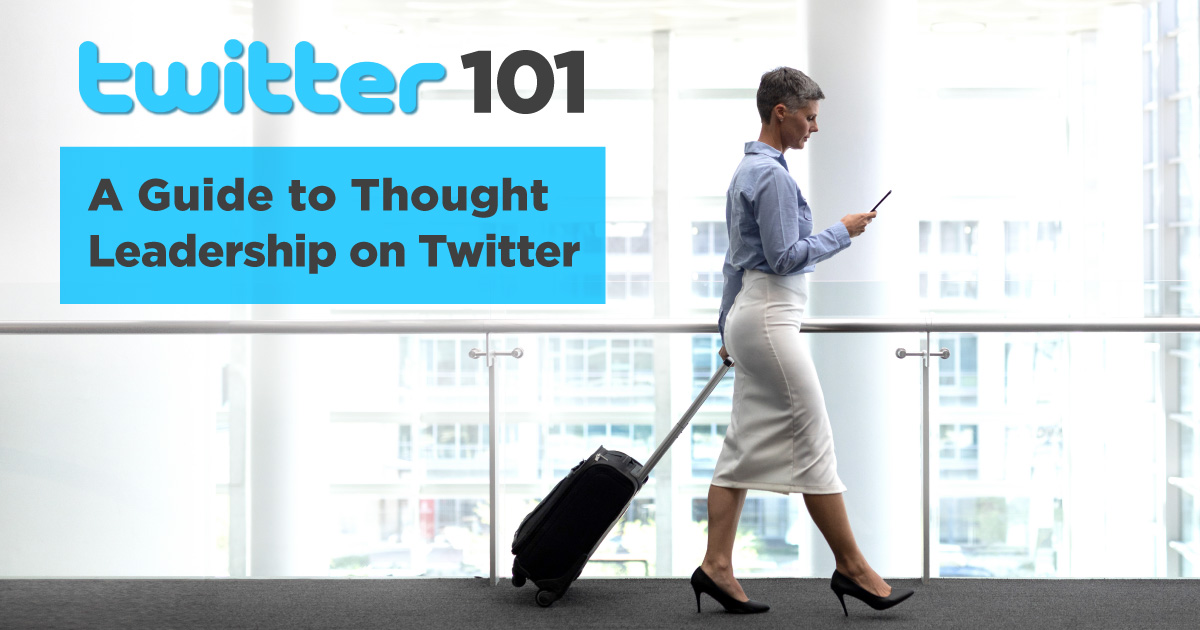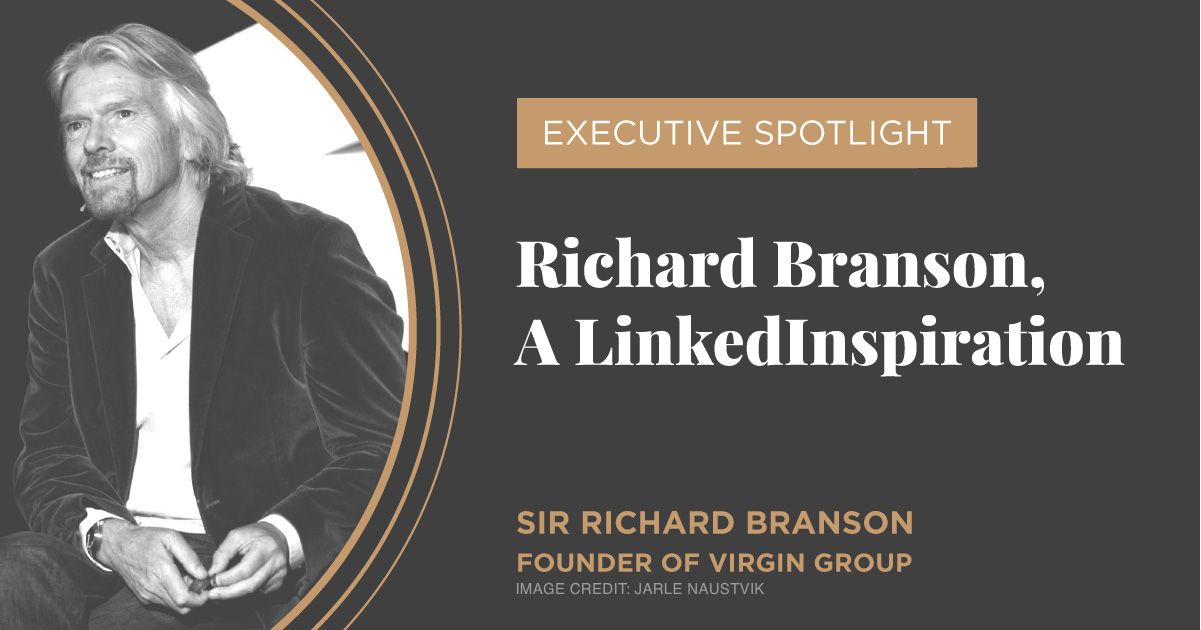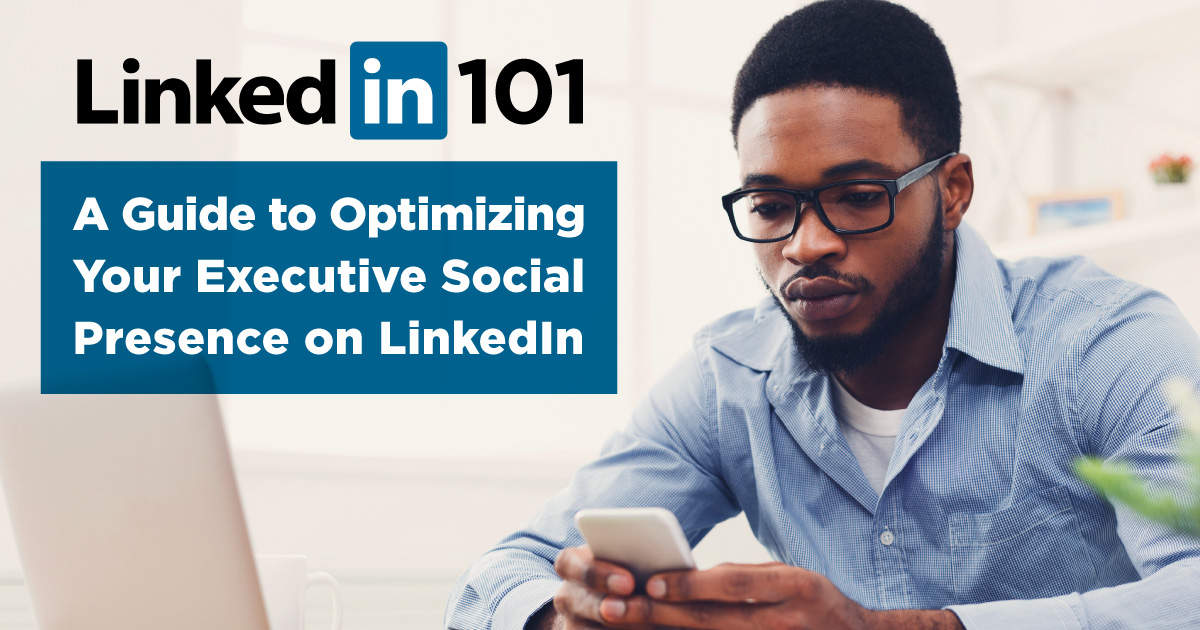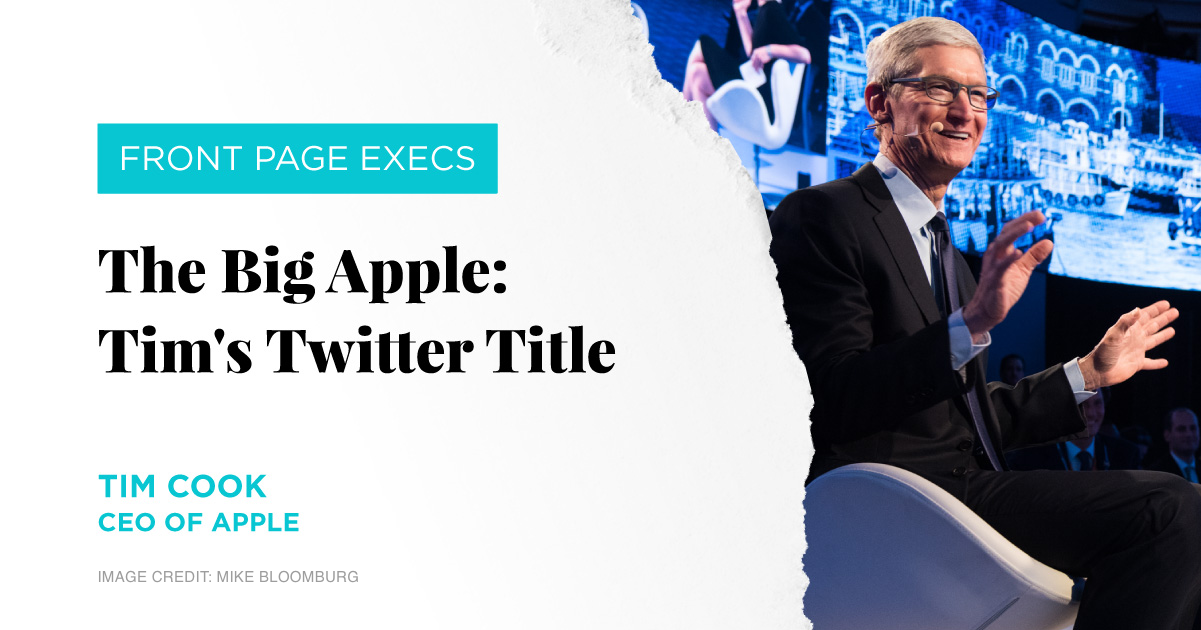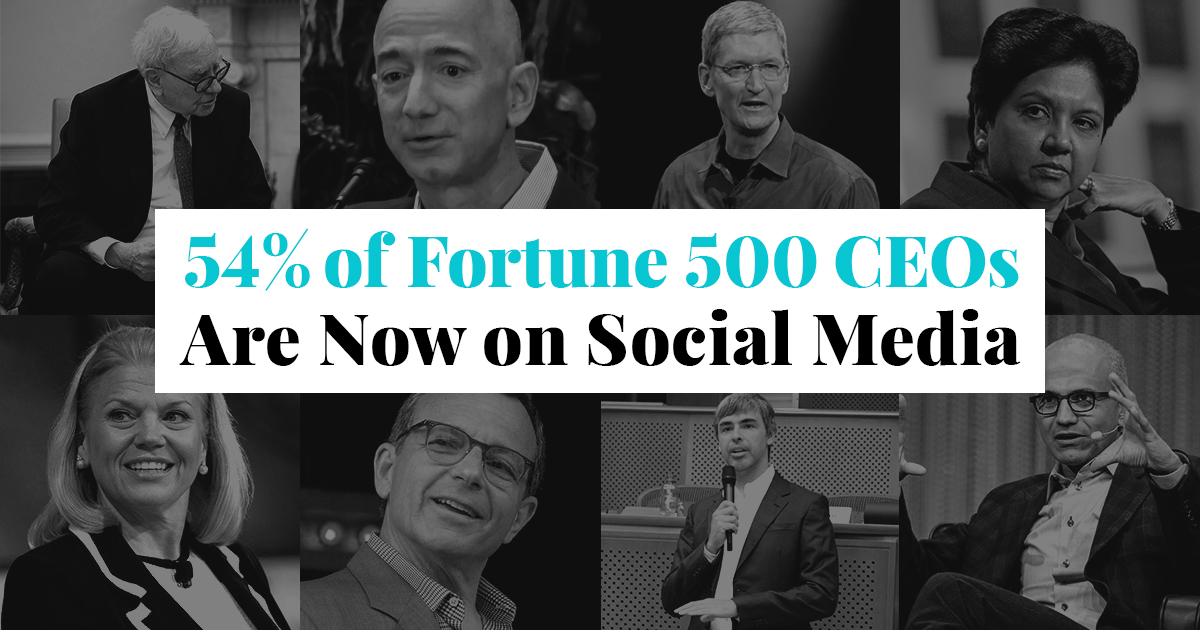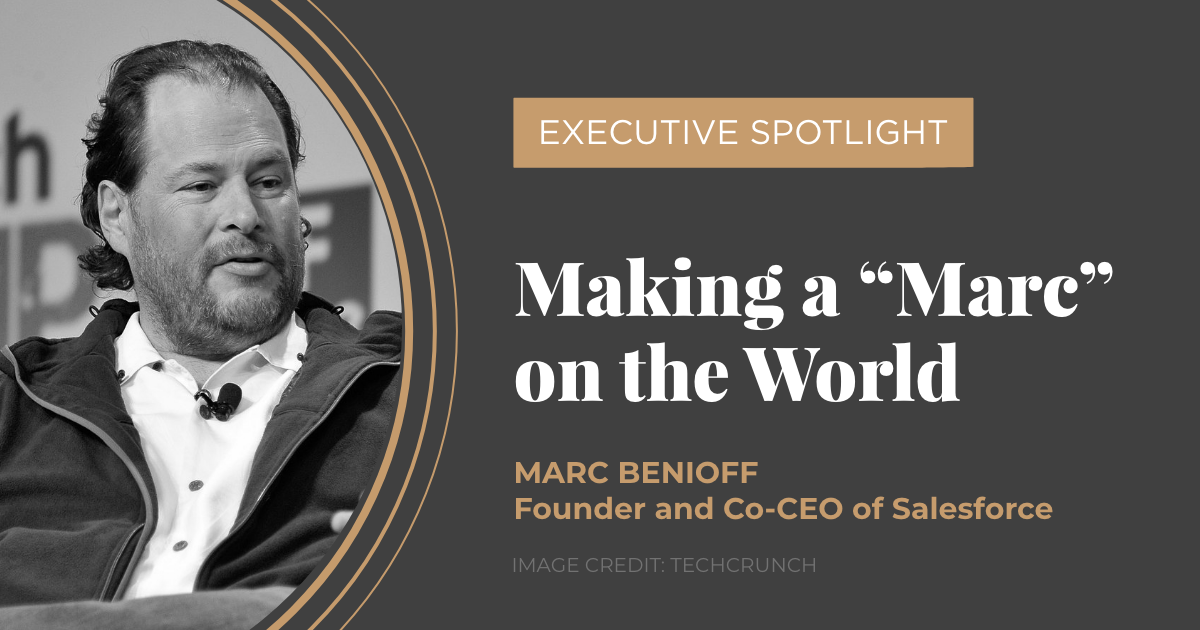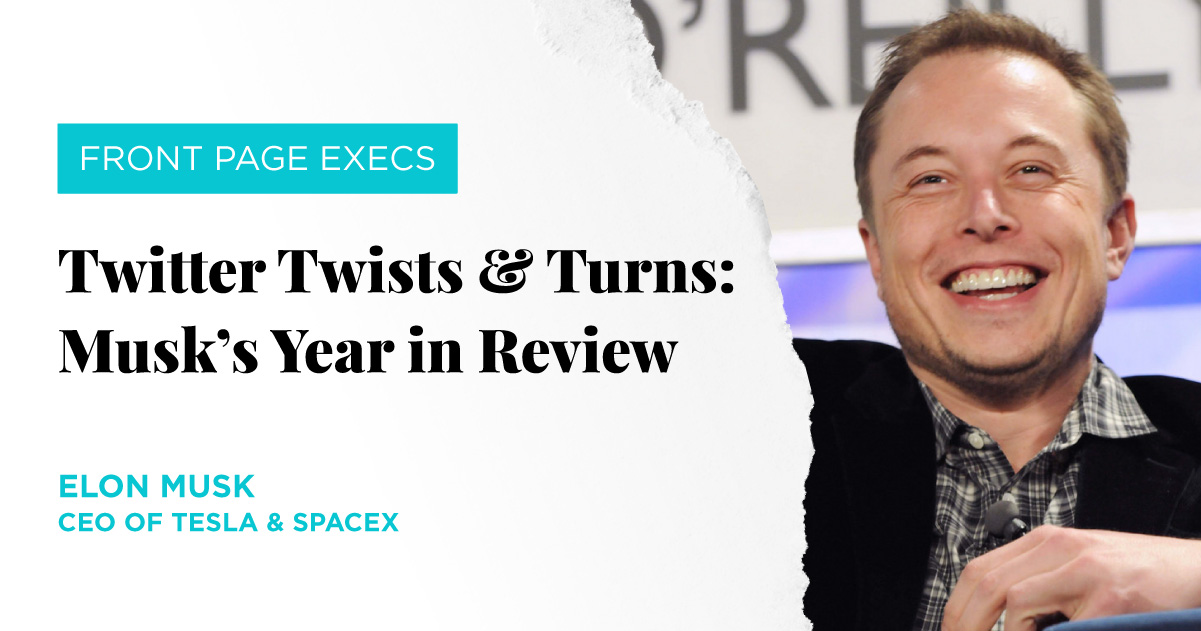23 Apr Front Page Execs: What did Leaders say on the #NotreDameFire?
On April 15, 2019, the world watched with sadness as the Notre Dame Cathedral was engulfed in flames. People turned to social media for news updates as it happened, and then afterwards to form a community of support and discussion using the hashtag #NotreDameFire. In the midst of such an event, executives must carefully consider what to post on social media, if they decide to post anything at all, so as not to seem self-serving or that they are taking advantage of misfortune. Many CEOs and other executives chose not to post about the Notre Dame fire, which was not offensive to those affected, but also did not allow them to be demonstrative of their awareness of newsworthy events or of producing significant and timely content. Below are three different tweets that CEOs shared. In today’s Front Page Execs by...


